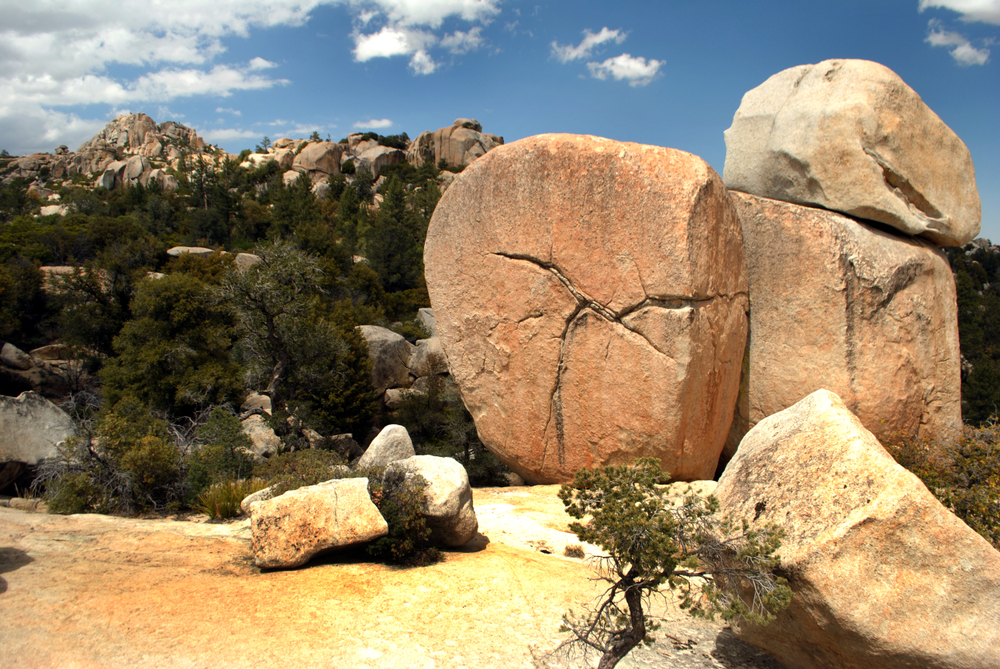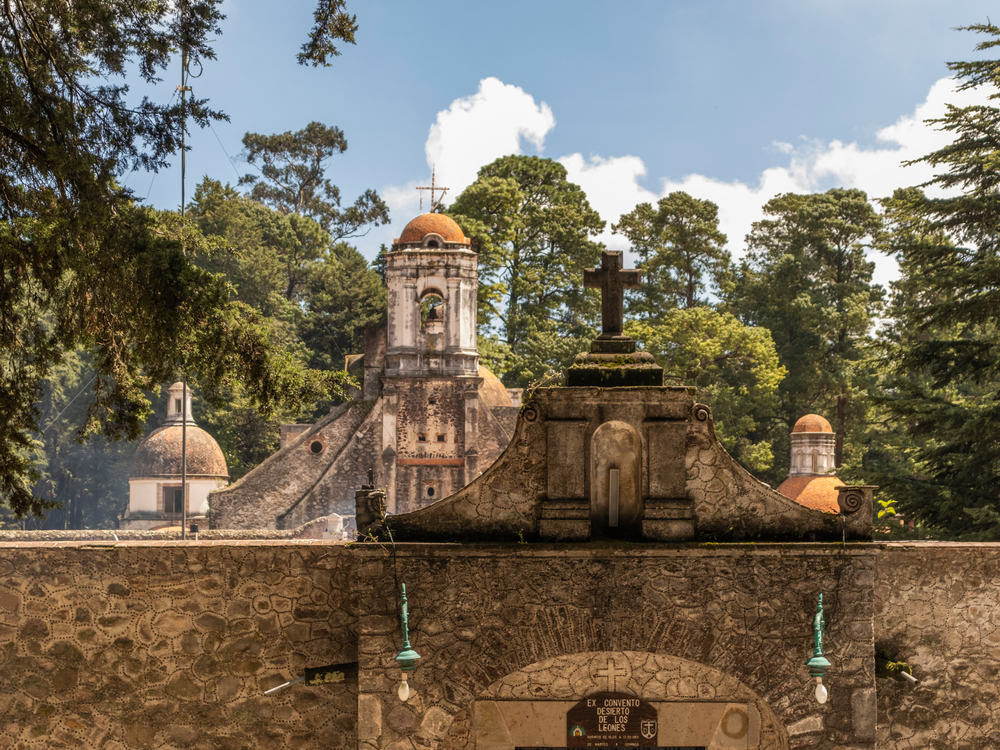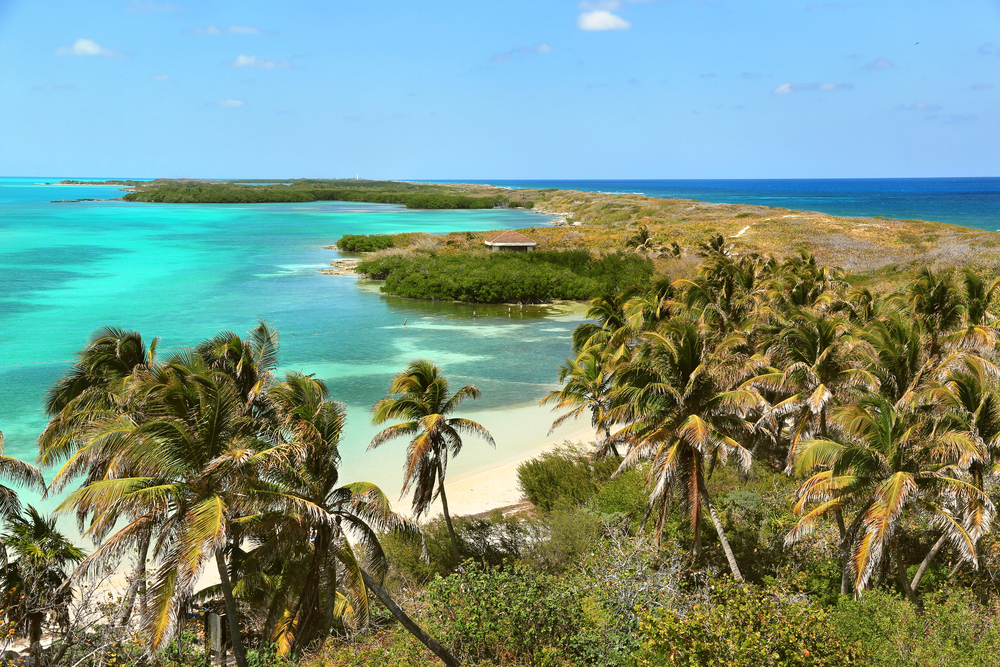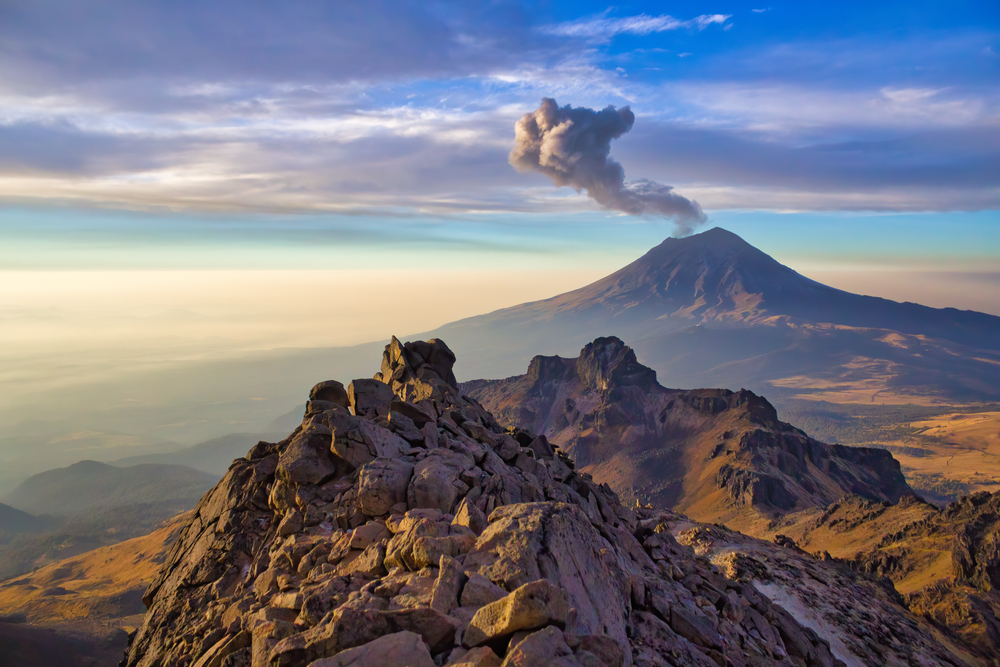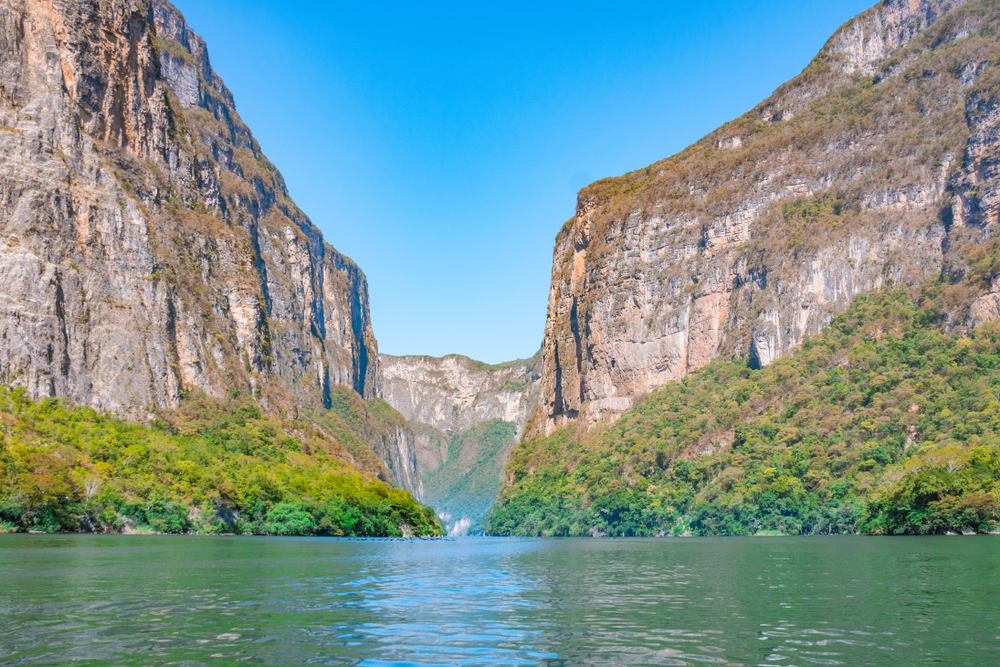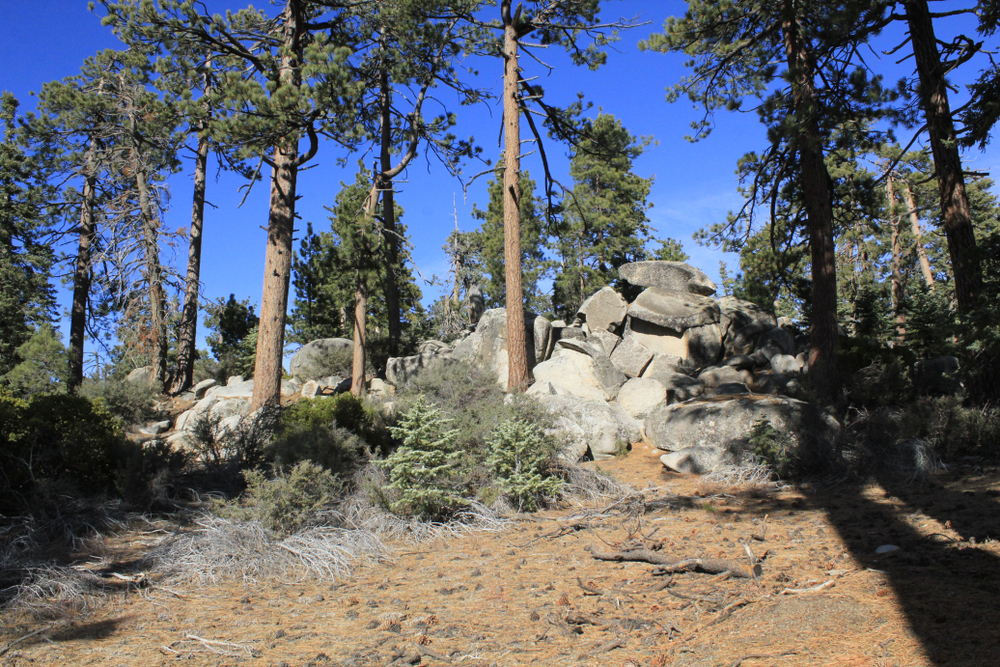Arrecife Alacranes Overview
Arrecife Alacranes National Park, known in Spanish as Parque Nacional Arrecife Alacranes, is located off the northern coast of the Yucatán Peninsula in Mexico.
The park covers approximately 131.5 square miles (340.7 square kilometers) and consists of a coral atoll with five small islands: Isla Pérez, Isla Blanca, Isla Chica, Isla Desterrada, and Isla Pájaros. As the largest reef system in the Gulf of Mexico, it serves as a critical marine ecosystem, providing habitat for a diverse range of species. The park is about 87 miles (140 kilometers) north of Progreso, a key coastal town in the Yucatán region.
The park’s terrain is characterized by its shallow coral reefs, sandbanks, and seagrass meadows. The surrounding waters display a stunning range of blues and greens, reflecting the varying depths of the ocean floor. The coral formations provide a home for an array of marine life, while the sandy islands are dotted with sparse vegetation, including salt-tolerant plants such as sea grape and beach morning glory.
The reef itself plays a crucial role in protecting the Yucatán coast from wave action and erosion, while also serving as a significant breeding ground for marine species. Isla Pérez, the only inhabited island, houses a lighthouse and a small naval outpost, providing a base for conservation efforts and scientific research.
Arrecife Alacranes National Park is teeming with marine wildlife. The coral reef supports a rich variety of fish, including parrotfish, groupers, snappers, and barracudas. Sea turtles, such as the loggerhead, hawksbill, and green turtle, are frequently seen nesting on the sandy shores.
Dolphins and rays glide through the waters, while nurse sharks and reef sharks patrol the depths. The islands also serve as an important bird sanctuary, with species like brown pelicans, frigatebirds, and terns making their home among the dunes and mangroves. Migratory birds stop at the reef on their journeys, making it an essential site for avian conservation.
One of the most popular attractions of the park is its exceptional diving and snorkeling opportunities. The crystal-clear waters allow visitors to explore the vibrant coral reefs and observe marine life up close. Isla Pérez, as the only island with infrastructure, is a common starting point for expeditions.
The reef’s underwater topography includes tunnels, caverns, and drop-offs, making it a fascinating place for experienced divers. Kayaking and sport fishing are also enjoyed in designated areas, while birdwatching draws nature enthusiasts to the park’s uninhabited islets. Due to its remote location, access is limited, and visitors often arrive by boat from Progreso.
Conservation efforts in the park focus on protecting its delicate coral reef ecosystem from threats such as climate change, pollution, and illegal fishing. Strict regulations are in place to control tourism and fishing activities, ensuring that the marine biodiversity remains intact. The park has seen success in preserving sea turtle nesting grounds and mitigating damage from invasive species.
However, challenges remain, including the impact of warming ocean temperatures and coral bleaching. Continued monitoring and management strategies aim to balance conservation with sustainable tourism, ensuring that this vital marine reserve remains a haven for wildlife and future generations.











































































